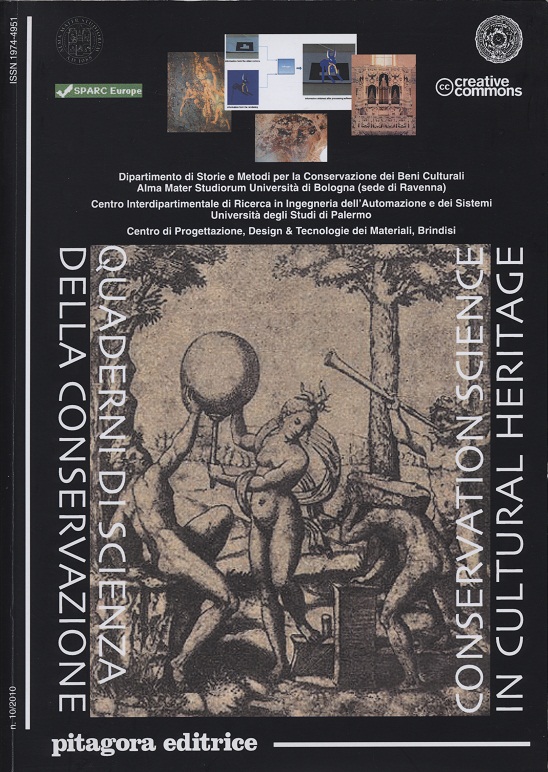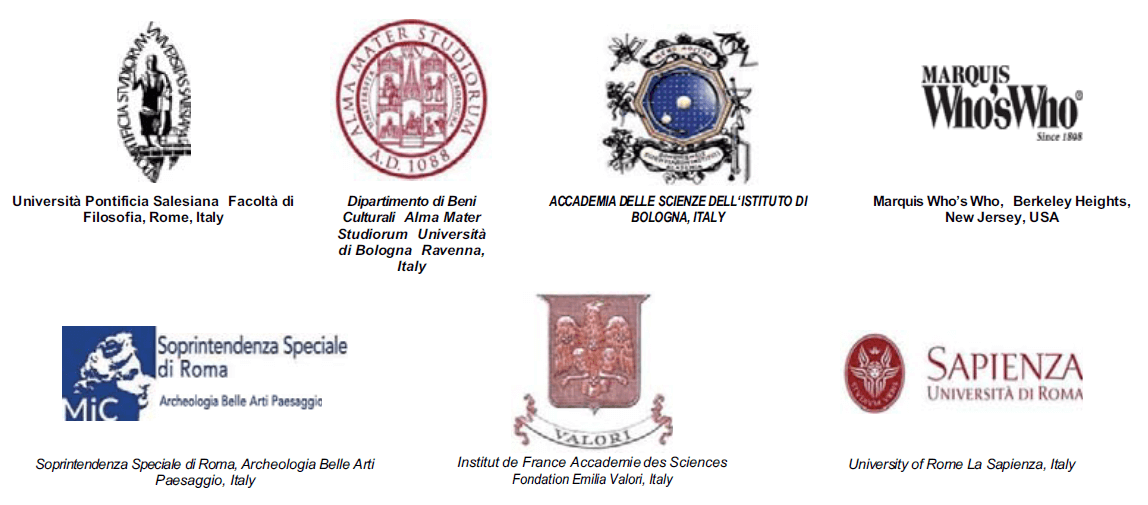Augmented Reality Applied to the Diagnostics and Fruition of Cultural Heritage
DOI:
https://doi.org/10.6092/issn.1973-9494/2325Keywords:
augmented reality, virtual reality, data fusionAbstract
The term “Augmented Reality” (AR) is used to define integrated hardware and software technologies, designed to mix video footage taken by a camera with three-dimensional virtual objects. The result is a mix between real reality and virtual reality. Many applications of this technology are beingdeveloped for use in the field of cultural heritage and are being introduced for use in specialized contexts such as in certain phases of the diagnostic process or fruition. The basic algorithmic approach for augmented reality, starts from a video stream analysis that incorporates a real scene. Within the same scene are scattered a set of known geometric images called
“markers”. When the software module in charge of the video flow analysis identifies a marker within the scene, it tries to position it in relation to a reference system integral with the chamber which performs the video shoot, and then replaces it in real time, overlapping with a 3D model achieved through a virtual modeling software. The aim of this article is to evaluate the state of the art augmented reality and then examine several experiments involving its application to cultural heritage.
Downloads
Published
2010-12-31
How to Cite
Colizzi, L., Martini, A., & Chionna, F. (2010). Augmented Reality Applied to the Diagnostics and Fruition of Cultural Heritage. Conservation Science in Cultural Heritage, 10(1), 195–238. https://doi.org/10.6092/issn.1973-9494/2325
Issue
Section
Articles
License
Copyright (c) 2010 Lucio Colizzi, Andrea Martini, Francesco Chionna
Copyrights and publishing rights of all the texts on this journal belong to the respective authors without restrictions. Authors grant the journal right of first publication.
This journal is licensed under a Creative Commons Attribution 4.0 International License (full legal code).
See also our Open Access Policy.






